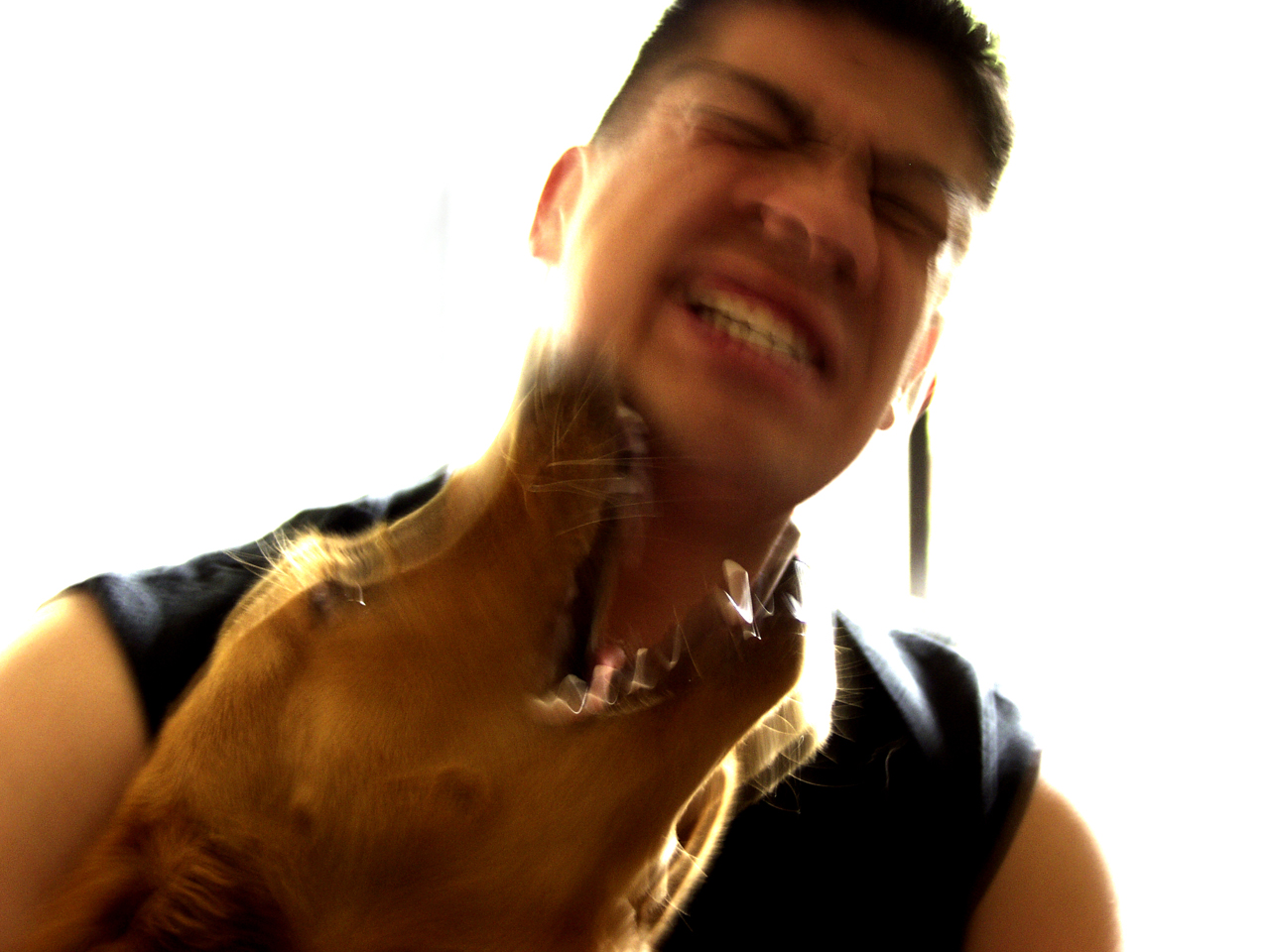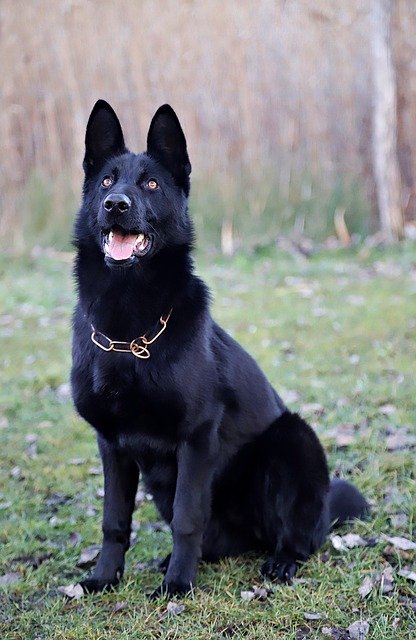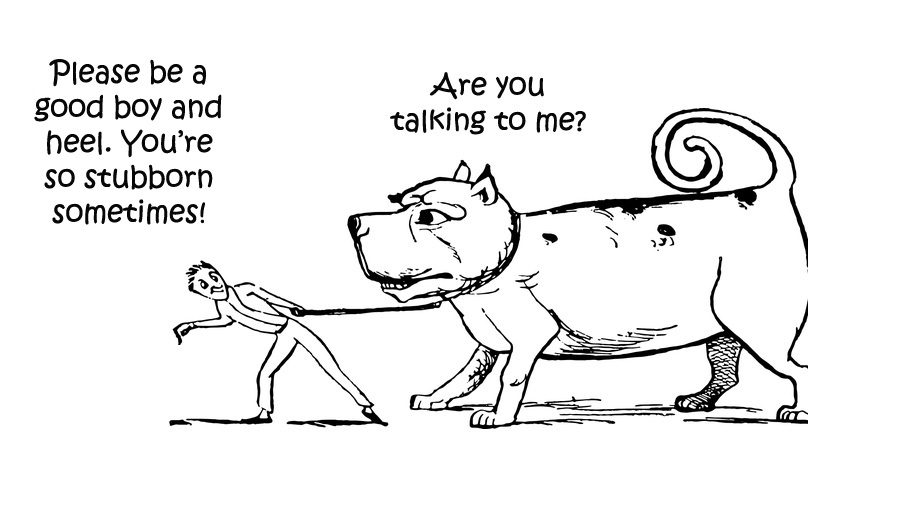If you ever experienced adopting a second dog into your home, you probably noticed how much easier it was to train the new dog, eventually realizing that he learned the ropes from the first dog. But allelomimetic behavior is not limited to the confines of the same species. When a dog becomes part of our family, we become the dog’s pack and in essence, he will learn from and copy not only our actions but our emotions and attitudes!
was to train the new dog, eventually realizing that he learned the ropes from the first dog. But allelomimetic behavior is not limited to the confines of the same species. When a dog becomes part of our family, we become the dog’s pack and in essence, he will learn from and copy not only our actions but our emotions and attitudes!
Behavior is a psychological means by which all animals learn and are taught. Allelomimetic behavior is defined as a behavior in social animals in which each animal does the same thing as those nearby. Animals that pack, are more trainable than animals that do not. Animals like elephants, horses, and dogs, are prone to copying the actions found within the group hierarchy. It is believed that socialization plays an even bigger part in the development and training of a dog than the dog’s intelligence level
 Simply put, allelomimetic behavior occurs when a member of a group or pack does the same thing at approximately the same time as another member of the pack. The mimicking is then a learned behavior. This is why you might have experienced how much easier it was to train the second or third dog in your household. However, allelomimetic behavior is not limited, unfortunately, to only good and acceptable behavior. With that said, making sure that if you plan to bring a second dog into your home, your first dog has been well trained. If your dog is not house-trained, is destructive, barks incessantly, and demonstrates unwanted and unacceptable behaviors, you can be sure that the second dog will do the same. Not only will some of those undesirable behaviors be contagious to the second dog but they are programmed to be instinctive.
Simply put, allelomimetic behavior occurs when a member of a group or pack does the same thing at approximately the same time as another member of the pack. The mimicking is then a learned behavior. This is why you might have experienced how much easier it was to train the second or third dog in your household. However, allelomimetic behavior is not limited, unfortunately, to only good and acceptable behavior. With that said, making sure that if you plan to bring a second dog into your home, your first dog has been well trained. If your dog is not house-trained, is destructive, barks incessantly, and demonstrates unwanted and unacceptable behaviors, you can be sure that the second dog will do the same. Not only will some of those undesirable behaviors be contagious to the second dog but they are programmed to be instinctive.
What are some of the allelomimetic behaviors you might notice in your own home?
Here are two of my dogs watching TV at different times.








